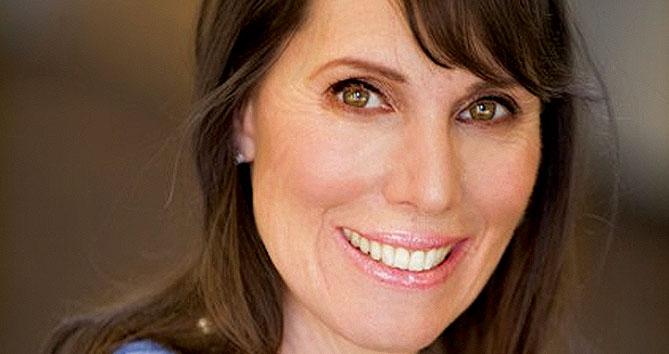Our public hospitals shine

For readers, the New York Daily News article that ran Sunday, October 1, grasped its critical significance: “[P]ublic hospitals… take on the most under-reimbursed jobs in the city’s health care system, from Level One emergency trauma care to substance abuse and psychiatric disorders. Labor reporter Ginger Otis, with a stellar reputation for her writings on labor and working people in New York City, wrote, “H+H hospitals effectively subsidize the profitability of the city’s private system.”
The subject is New York City’s public hospitals, and the report can be found at http://bit.ly/restructurehh.
It’s title is “On Restructuring the NYC Health+Hospitals Corporation— Preserving and Expanding Access to Care for all New Yorkers.” The report was commissioned by NYSNA and written by Barbara Caress and James Parrot, two leading New York policy experts. It digs deep into the NYC H+H system, its history, measures of quality, pronounced efficiencies and committed service to the underserved. “The network,” write Caress and Parrot, “is...a vital safety net provider for New Yorkers who might otherwise not have access to healthcare services that the private sector cannot or will not take on.”
Our extraordinary nurses on the units of the 11 public hospitals know the value of their work and commitment to patients, the advocacy they provide and the results achieved. With this exceptional study comes in depth support for their work.
The sheer volume of patients is a stunning statistic: More than 1.1 million individual New Yorkers received care at one of the 11 NYC public hospitals in 2016. Half or more of the uninsured who sought inpatient, outpatient and/or emergency care went to one of NYCH+H hospitals in 2014 (most recent data). The public hospitals handled 31 percent of all ER visits and almost half of all hospital-based clinic visits in the city. Over two-thirds of ambulatory surgery for the uninsured takes place at NYCH+H facilities. “An overwhelming share (80 percent) of hospital clinic visits for the uninsured are in NYCH+H hospitals,” states the report.
High quality, lower cost
This outstanding public system, with its care for underserved communities, is a win-win in terms of both quality and cost, as “NYCH+H tends towards higher quality and lower cost,” the report concludes. Quality indicators give the public system high marks.
Yet the system runs at a deficit, projected to be $1.6 billion by 2019. The simple fact is that NYCH+H spends more for care than it is reimbursed. It is not a failing system, but one that cares for so many with limited reimbursement. Nor is the deficit to do with inefficiencies and higher costs compared to the private system. Costs for treating patients, the report finds, are comparable to or lower than those of the private hospitals. To fully understand New York City’s healthcare systems, one must grasp that the private hospitals rely upon the public system disproportionately cares for uninsured and underinsured patients.
The fact of the matter is that the NYCH+H increasingly picks up the costs of a wide range of services and populations that private sector providers can avoid precisely because NYCH+H is there to assume this load…. NYC’s private hospitals have been shifting the burden of caring for the uninsured and for people with psychiatric and substance abuse diseases to the public system.
“It is, in part, the very existence of NYCH+H that enables the large private hospital networks to operate with huge surpluses. Those surpluses totaled $877 million for the five major NYC private systems in 2016 – or about half the deficit of the public system.”
“Our report,” says co-author and health policy expert Barbara Caress, “describes a public hospital system with financial problems that are a direct consequence of who they serve and of the unwillingness of most private sector hospitals to take care of these patients. Any solution must be citywide and comprehensive.”
That solution also must entail a more equitable distribution of healthcare burdens and resources. Critically, the report explains that the fiscal problems of the public system cannot be fixed by closing hospitals, laying off staff and cutting services. There is no solution either in an increased reliance on and payments to costlier private systems, few of which are responsive to underserved patient populations. The public system is carried a disproportionate load, by a very wide margin. It should be strengthen and supported, not criticized and undercut.
Path forward
“The Mayor has demonstrated a strong commitment to H+H, its patients and its workforce,” said co-author James Parrott, Director of Economic and Fiscal Policies, Center for New York City Affairs, The New School. “As the City grapples with a path forward given these daunting fiscal challenges, it needs to be mindful of how the healthcare landscape has changed for the private hospitals as well as for H+H, and it needs to have an appreciation for the real cost effectiveness of care provided by H+H given its role as the provider of first resort for so many vulnerable New Yorkers.”
This report requires the full attention of any New Yorker concerned with the city’s healthcare, a blueprint for moving forward towards greater equality in healthcare.